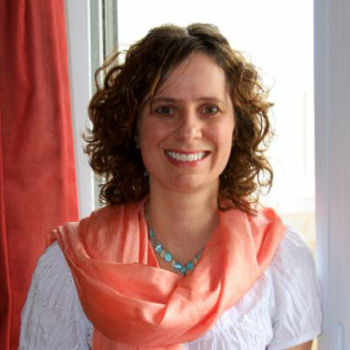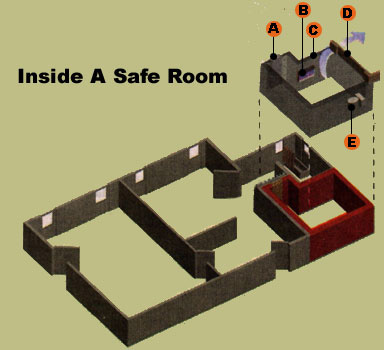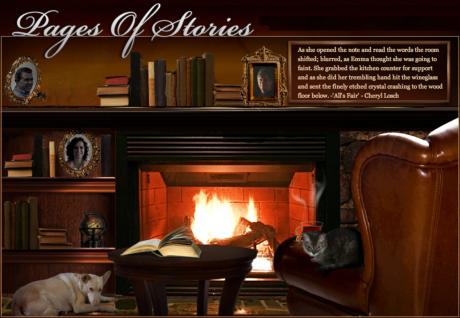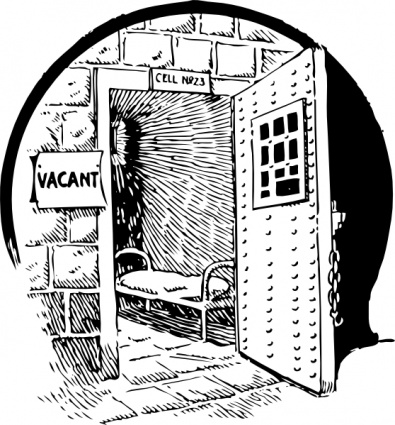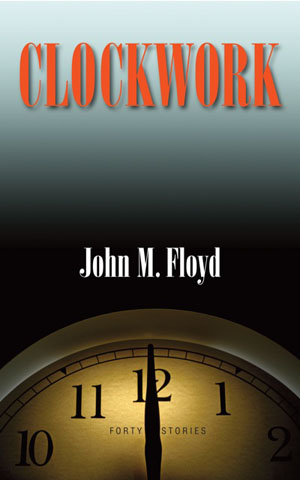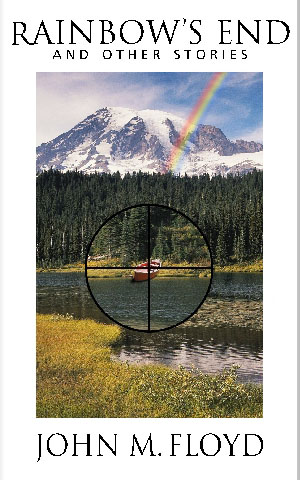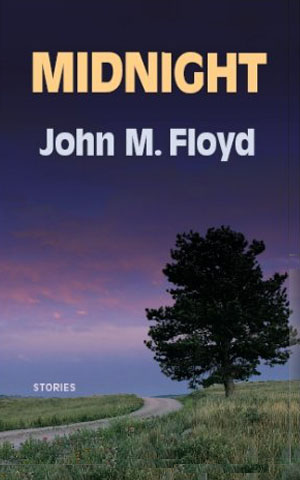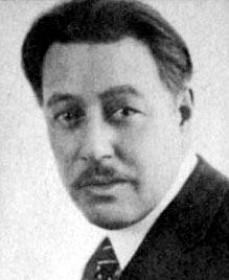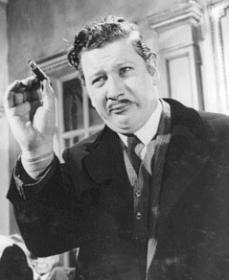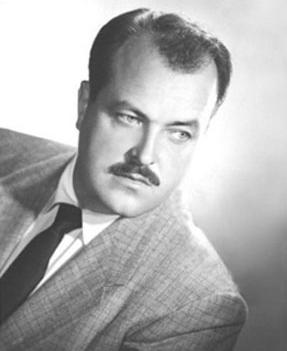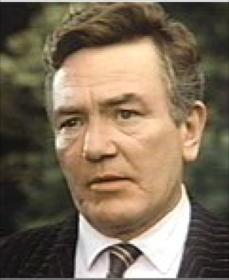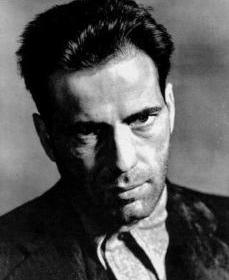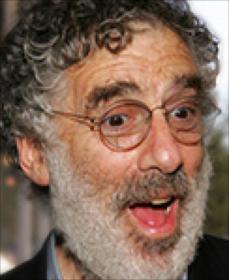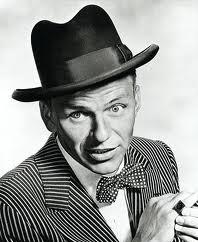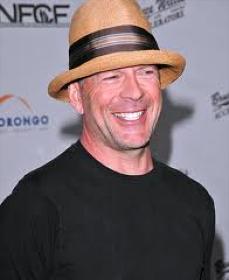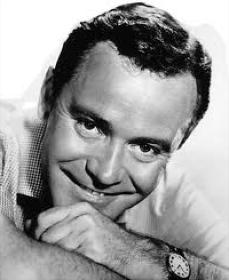Monday, April 18: The Scribbler
CONTRAPHOBIA
by James Lincoln Warren
The Gentle Reader may be forgiven for not being familiar with the word I have opted for my title. You won’t find it in the Oxford English Dictionary, nor in most other dictionaries. I learned it from my father, a psychiatrist (now retired), on the occasion of watching a foolish young woman at the end of a bungee cord jump off a high bridge.
To wit, the absence of fear in those situations where fear is a survival trait—or put another way, the irrational illusion of one’s own physical immortality against all evidence. Inter alia, this isn’t the same thing as counterphobia, which is either a mental condition where people specifically seek out what they fear most as a form of self-punishment, or a means to combat a clinical phobic neurosis. Counterphobia in the former sense may be crazy, but it’s comprehensible crazy, because it recognizes the existence of consequences. Contraphobia, on the other hand, is downright delusional.
A contraphobic is the sort of person who saunters across the interstate freeway without bothering to check the traffic—your basic fool. But it’s also the sort of person who is easily jaded by experience and requires ever increasing stimulus to operate, taking increasingly greater risks for the sake of feeling alive—your basic adrenalin junkie. (This was the premise of an old Avengers episode, “The Danger Makers”.) It isn’t unusual to have both types combined. Any contraphobic, though, is a threat to himself and to others.
I don’t think it can be denied that we live in a deeply pathological society. It has always been with us, but the manifestations aren’t always the same, and the vectors maybe not so virulent as they are now. In the 1920s, the social reaction against Victorian-Edwardian sexual and class repression led to a period of unrestrained license that eventually led to the Great Depression. Neither of these norms is what I’d call exactly healthy. Today, we have other indicia of how nuts we are as a society, which I find even more disturbing, e.g., the overt sexualization of children in advertising or the public fascination with dysfunctional celebrities. But to me, one of the biggest red flags is our epidemic of contraphobia.
In the last two weeks, three experienced sky-diving instructors in Southern California have plunged to their deaths in two discrete incidents; a fourth at last report was in critical condition at a local hospital. One of their colleagues speculated that the causes of the two accidents—in both cases the jumpers collided with one another in mid-air, tangling the lines of their parafoils—was probably complacence. Complacence is the absence of due consideration for one’s circumstances—the virtually criminal want of recognizing present danger.
It’s everywhere. I’ve already mentioned bungee jumping. Then there are the mountain climbers who traipse up Himalayan death traps without adequate equipment, the teenagers who sail solo around the world across the treacherous open sea in little sloops, weekend hikers who go up into the unmerciful wilderness in advance of major storms, people who stand gawking at the edge of raging flood waters, adults who play with loaded guns, young women dressed like tarts who attend fraternity keg parties, angry drivers in overpowered cars who scream down the highway red-lining their tachometers, and so on. “Fools rush in,” observed Alexander Pope, “where angels fear to tread.”
I don’t know that epidemiology has advanced to cultural trends, but I’m wary of simplistic explanantions for complex phenomena, and there’s nothing more complex than human behavior. Some of the explanations put forward for the expansion of misplaced fearlessness are:
- Arrested development. Children lack the experience to recognize how dangerous their actions are—“Look, ma! No hands!”—and the theory is that contraphobics may have their personalities frozen in an immature state for reasons undetermined. This isn’t hard for me to believe at all—it also explains why vulgar puerile humor has had such a renaissance—but it’s too pat.
- Cultural desensitization. In virtually every contemporary entertainment medium, but particularly in film and television, action and violence sequences are depicted with severely reduced negative consequences from what would occur in reality. The idea is that the media have influenced contraphobics to the point where they confuse fantasy with reality, i.e., the very definition of delusional thought. Some folks dismiss the influence that visual entertainment has upon the human psyche, to which I would only observe, how else to you explain the cost of commercial air time during the Super Bowl or a Presidential election? In my view, if it ain’t causal, at least it exacerbates matters. Not to mention the pervasively broadcasted adulation for bad behavior, which is desensitization squared. Never mind Evel Knievel, remember Steve Irwin? The “Crocodile Hunter” of television fame was a crazy person, and eventually his disregard for reality caught up with him—but the media made him out to be some kind of a hero for the insane risks he took, as they seem to do whenever anybody takes an insane risk.
- Behavioral addiction. It has been definitively established that on a neurological level, addiction is not confined to substance abuse, but to patterns of behavior as well. Sex, gambling, and gluttony have each been shown to stimulate the brain is a way virtually identical to addictive substances. Why not thrill-seeking? (Cf. my reference to “The Danger Makers” above.)
Another trend that I find disturbing is the proliferation of informal shrines of grief, particularly at fatal crime and accident scenes. Party balloons, candles, cards, testimonials in indelible marker at the curb. Grief should be deep and solemn, private and compassionate, not public and cheap and self-indulgent. To me, this displays a certain denial of the circumstances attending death—in its way, it’s also contraphobic.
As a citizen, I worry about the explosion of contraphobia and its effects on our civilization—soldiers who aren’t afraid of death are a tyrant’s dream—but as a writer of crime fiction, I worry about the disappearance of fear as a common human trait, one that might make my efforts to reach them on a meaningful emotional level not only futile, but completely trivial. Maybe I’m overreacting, but what I see of popular fiction these days suggests to me that I’m not. And when people do seem terribly afraid, it seems like they’re afraid of the wrong things, not the things that they know can seriously injure them, but things that they only imagine might harm them.
And I’m not afraid to say so.





















